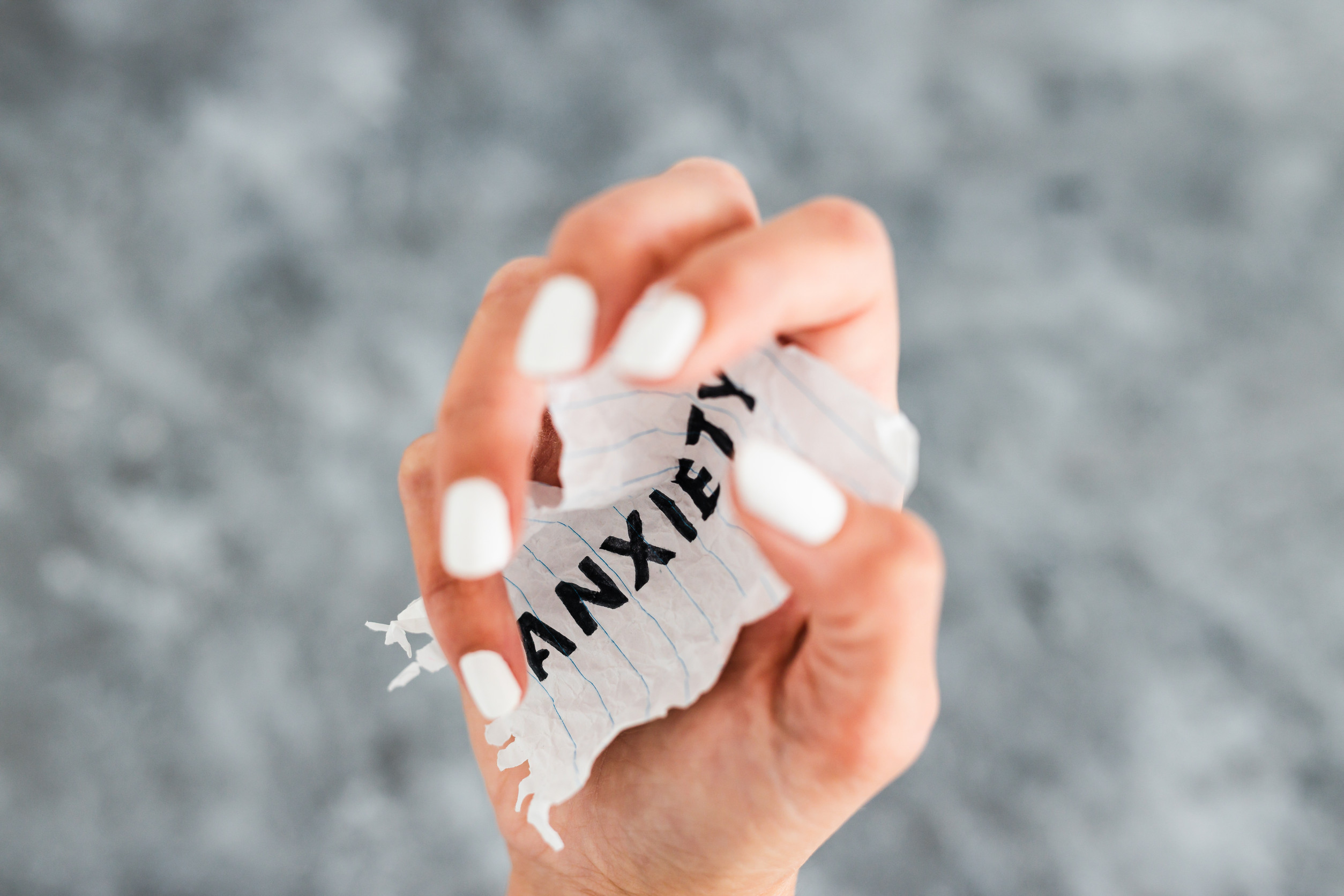Navigating mental health challenges can feel isolating—especially when anxiety and depression occur simultaneously. This co-occurrence affects millions, yet it often goes unrecognized or misunderstood. At Brainerd Lakes Area Psychiatry (BLAP), we treat anxiety and depression not as isolated issues, but as interwoven conditions that require a thoughtful, multi-pronged response. This guide examines what co-occurring anxiety and depression look like, why integrative treatment matters, and how both individuals and clinicians can approach recovery with clarity and compassion.
1. What Does “Co-Occurring Anxiety and Depression” Mean?
- Anxiety Disorders encompass persistent and excessive worry, restlessness, racing thoughts, irritability, and physical symptoms like tension or stomach upset.
- Depressive Disorders involve prolonged feelings of sadness, hopelessness, loss of interest, fatigue, and negative self-perception.
When they co-exist, symptoms often amplify one another. For instance, chronic worry can turn into fatigue and hopelessness, while persistent sadness can fuel catastrophic thinking. Research shows that roughly 50–60% of people with major depression also meet criteria for an anxiety disorder—and vice versa.
2. Why They Often Appear Together
Several key mechanisms explain their frequent co-occurrence:
- Shared Brain Circuitry: Both disorders involve dysregulation of serotonin, norepinephrine, and stress-response pathways.
- Stress Sensitization: Prolonged stress may trigger mood symptoms that evolve into anxiety or depressive episodes.
- Cognitive Overlap: Negative thinking patterns, such as rumination and anticipatory worry, are central to both conditions.
- Psychosocial Risk Factors: Trauma, isolation, and life transitions often precipitate overlapping symptoms.
3. Recognizing the Combined Symptoms
Co-occurrence makes symptoms more diverse and persistent. Common signs include:
- Low Motivation Paired with Excessive Worry: Feeling drained yet unable to shake anxious thoughts.
- Sleep Disturbances: Insomnia driven by pre-sleep worry and nocturnal rumination.
- Cognitive Interference: Persistent negative self-talk and concentration challenges.
- Behavioral Avoidance: Withdrawal from activities due to fear, fatigue, or both.
- Physical Fatigue and Tension: The nervous system stuck in a loop of exhaustion and hypervigilance.
4. Complications of Co-occurring Conditions
The simultaneous presence of anxiety and depression can lead to:
Treatment-Resistance
Single-modality treatments may miss underlying causes, making recovery slower.
Heightened Risk
Co-occurring mood disorders elevate the risk for chronic illness, substance misuse, and suicidal ideation.
Impaired Functioning
Both energy and engagement suffer, increasing the impact on daily living, relationships, and work.
5. How BLAP Enriches Treatment for Co-occurring Disorders
At Brainerd Lakes Area Psychiatry, we craft personalized, integrated treatment plans featuring:
- Comprehensive Assessments: Thorough intake ensures both mood and anxiety symptoms are captured.
- Medication Management: SSRIs, SNRIs, atypical antidepressants, and anxiolytics may be used alone or in combination. Regular monitoring ensures optimal dosing and balanced coverage.
- Psychotherapy Options:
- Cognitive Behavioral Therapy (CBT): Targets both depressive and anxious thought patterns through structured tasks.
- Acceptance and Commitment Therapy (ACT): Helps individuals focus on values-aligned living while managing emotional distress.
- Trauma-Informed Approaches: Tailored strategies help process past trauma that often underlies chronic mood conditions.
- Lifestyle & Mind–Body Approaches: Emphasizes exercise, restorative sleep, mindfulness, and nutrition. Small changes like a 20-minute daily walk or regular meditation can shift biological and psychological balance.
- Collaborative Care: We often coordinate with primary care or community therapists to provide well-rounded support that extends beyond our clinic walls.
6. Practical Self‑Care Tools That Help
These daily practices can significantly relieve symptom burden:
- Structured Routine: A consistent schedule combats indecision and rumination.
- Grounding Breathwork: Techniques like 4‑7‑8 breathing reduce nervous system overactivation.
- Thought Record Journals: Tracking triggers and reframing negative thoughts can increase clarity and control.
- Gentle Exercise: Walking, yoga, or light cardio enhances mood via endorphin and GABA regulation.
- Nature Exposure: Time outdoors calms both anxious and persistently sad states.
7. Tracking Progress With Purpose
Effective treatment often feels gradual—so tracking helps:
- Symptom Journals: Weekly ratings of mood, sleep, anxiety, and coping ability.
- Functional Focus: Celebrate small wins—like a phone call made or chore completed.
- Feedback Loop: We review progress every few weeks to update plans based on symptoms and life events.
8. When You Need More Intensive Support
At times, outpatient therapy isn’t enough. BLAP offers guidance on next steps when needed:
- Partial Hospitalization or Day Programs: Structured therapy and medication support during destabilized periods.
- Intensive Outpatient Programs (IOP): Group-based therapy 3–5x weekly while residing at home.
- Inpatient Treatment & Evaluation: For safety planning or medication management under close supervision.
9. The Road to Sustained Wellness
Long-term resilience in co-occurring disorders involves:
- Skill Reinforcement: Continued use of therapy tools for stress, thoughts, and mood management.
- Lifestyle Consistency: Steady routines, healthy relationships, and purposeful living support stability.
- Proactive Prevention: Returning for periodic “check-ins” or booster sessions after major life changes.
- Education & Support: Workshops or peer-support circles make isolation less likely—and recovery more sustainable.
10. Beyond Symptoms: Building a Richer Life
Recovery is more than symptom reduction—it’s about:
- Cultivating Connection: Rebuilding relationships strained by mood disorders.
- Reclaiming Interests: Re-engaging in passions or exploring new creative outlets.
- Living With Intention: Clarifying personal values and taking steps toward them, even during uncertainty.
Co-occurring anxiety and depression can feel overwhelming—but with intentional strategy, clarity, and support, sustainable recovery is within reach. At Brainerd Lakes Area Psychiatry, we offer integrated care that combines medication, therapy, lifestyle change, and ongoing coordination. Your mental health journey isn’t one-size-fits-all—it’s a story of resilience, self-awareness, and small, courageous steps forward.
For more information please visit Anxiety and Depression Association.
If you’re navigating overlapping anxiety and depression or looking for tailored treatment, feel free to contact Brainerd Lakes Area Psychiatry for a personalized assessment and recovery plan.https://blapsychiatry.com/
